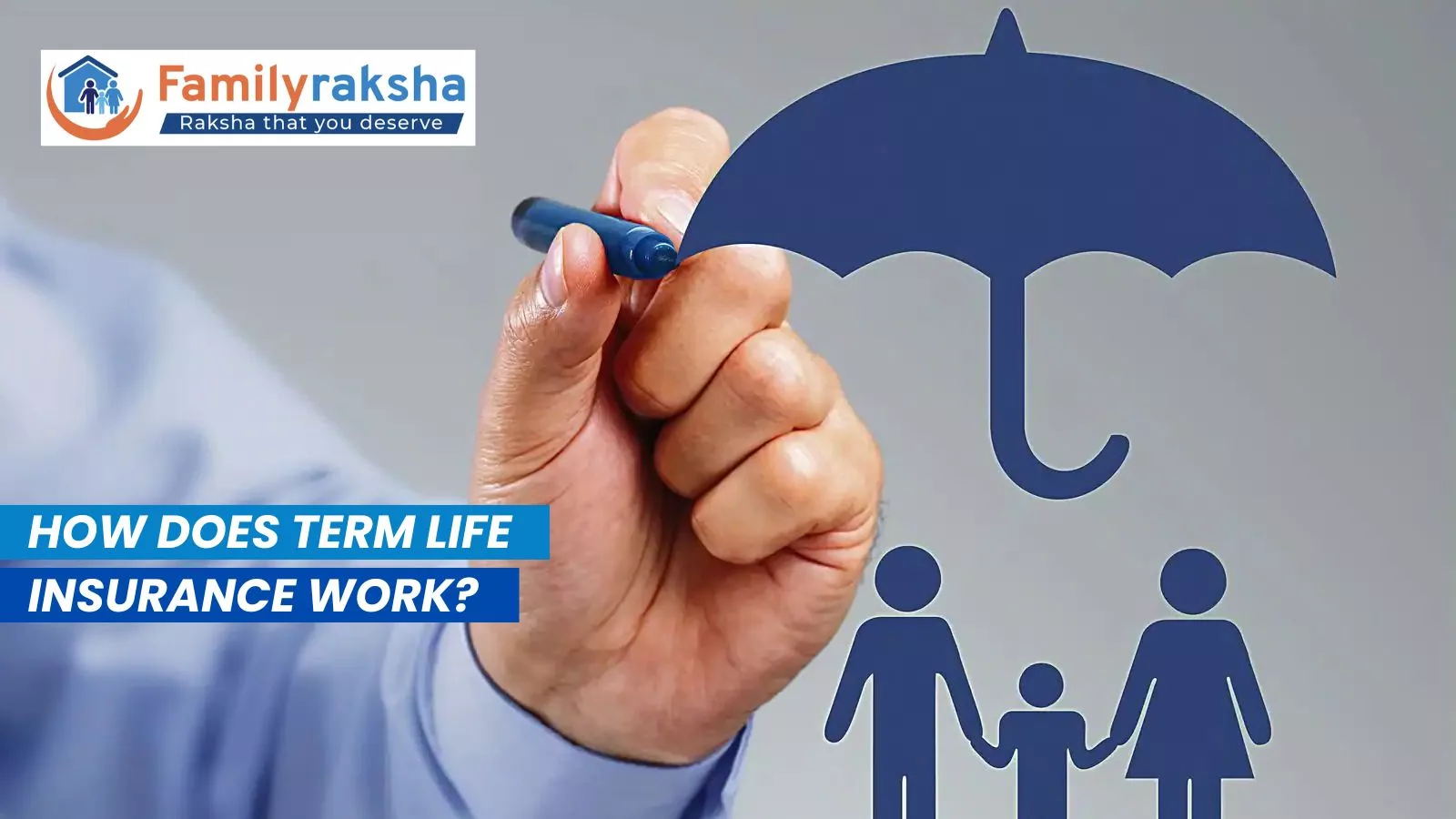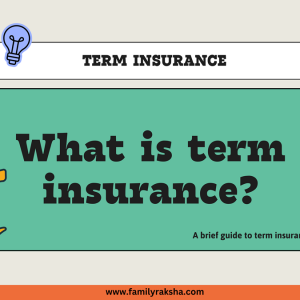Term life insurance is a type of life insurance policy that provides coverage for a specific period, or term, of time. It is designed to provide financial protection for your loved ones in the event of your untimely death. This article will guide you through the important aspects of term life insurance, helping you understand its benefits, features, and considerations.
Table of Contents
- Introduction to Term Life Insurance
- How Term Life Insurance Works
- Benefits of Term Life Insurance
- Factors to Consider when Choosing a Term Life Insurance Policy
- Types of Term Life Insurance
- Term Life Insurance vs. Whole Life Insurance
- How to Determine the Right Term Length
- Understanding Premiums and Costs
- Medical Examinations and Underwriting
- Renewability and Conversion Options
- Evaluating Insurance Providers
- Tips for Buying Term Life Insurance
- Common Misconceptions about Term Life Insurance
- Frequently Asked Questions
- What is the minimum term length for term life insurance?
- Can I renew my term life insurance policy after the term ends?
- Can I convert my term life insurance policy to a permanent policy?
- What factors determine the premium for term life insurance?
- Is it possible to have multiple term life insurance policies?
1. Introduction to Term Life Insurance
Term life insurance offers coverage for a specified duration, typically ranging from 10 to 30 years. During this term, if the insured person passes away, the policy pays out a death benefit to the designated beneficiaries. It provides financial protection for your family, ensuring they are not burdened with financial liabilities such as mortgage payments, debts, or educational expenses.
2. How Term Life Insurance Works
When you purchase a term life insurance policy, you pay regular premiums to the insurance company. In exchange, the insurance company provides coverage for the specified term. If the insured person dies within the term, the beneficiaries receive the death benefit. However, if the term expires and the insured person is still alive, the policy does not provide any benefits.
3. Benefits of Term Life Insurance
Term life insurance offers several benefits, making it a popular choice for many individuals:
a. Affordable Premiums
Compared to whole life insurance, term life insurance generally has lower premiums. This affordability makes it accessible for individuals on a limited budget.
b. Flexibility
Term life insurance allows you to choose the coverage amount and term length that aligns with your specific needs. You can select a policy that adequately covers your financial obligations, such as mortgage payments, outstanding debts, or college expenses for your children.
c. Financial Protection
By providing a death benefit to your beneficiaries, term life insurance ensures that they are financially secure in the event of your untimely demise. It offers peace of mind, knowing that your loved ones will be taken care of even when you’re not around.
4. Factors to Consider when Choosing a Term Life Insurance Policy
When selecting a term life insurance policy, it’s important to consider the following factors:
a. Coverage Amount
Determine the appropriate coverage amount by assessing your financial obligations and the needs of your dependents. Consider factors such as outstanding debts, mortgage, educational expenses, and income replacement.
b. Term Length
Choose a term length that aligns with your financial goals and the duration of your financial obligations. For example, if you have young children, you may
want a term that covers their college years.
c. Conversion Options
Check if the policy offers conversion options, allowing you to convert your term life insurance into a permanent policy without undergoing a medical examination or proving insurability.
5. Types of Term Life Insurance
There are two primary types of term life insurance:
a. Level Term Life Insurance
In level term life insurance, the death benefit and premiums remain constant throughout the policy term. This type of policy provides predictable coverage and premiums.
b. Decreasing Term Life Insurance
In decreasing term life insurance, the death benefit gradually decreases over the policy term. It is often used to cover specific financial obligations that decrease over time, such as mortgage payments.
6. Term Life Insurance vs. Whole Life Insurance
Term life insurance differs from whole life insurance in several ways:
a. Coverage Duration
Term life insurance provides coverage for a specific term, while whole life insurance offers lifelong coverage.
b. Premiums
Term life insurance generally has lower premiums than whole life insurance, making it more affordable for many individuals.
c. Cash Value
Whole life insurance policies accumulate cash value over time, which can be borrowed against or withdrawn. Term life insurance does not accumulate cash value.
7. How to Determine the Right Term Length
Choosing the right term length depends on your unique circumstances and financial goals. Consider factors such as your age, financial obligations, and the needs of your dependents. Evaluate how long it will take to pay off debts, mortgage, or fund your children’s education.
8. Understanding Premiums and Costs
The premiums for term life insurance depend on various factors, including your age, health condition, coverage amount, and term length. Younger individuals in good health typically pay lower premiums. It’s important to compare quotes from multiple insurance providers to find the most competitive rates.
9. Medical Examinations and Underwriting
Most term life insurance policies require a medical examination and underwriting process to determine the insurability and premium rates. The insurance company assesses your health condition, medical history, and lifestyle habits to evaluate the risk involved in providing coverage.
10. Renewability and Conversion Options
Some term life insurance policies offer renewability options, allowing you to extend the coverage beyond the initial term. Additionally, certain policies provide conversion options, enabling you to convert your term policy into a permanent policy without undergoing further medical examinations.
11. Evaluating Insurance Providers
When choosing an insurance provider for your term life insurance, consider the company’s reputation, financial stability, customer service, and claims settlement history. Research customer reviews and ratings to ensure you select a reliable and trustworthy insurance company.
12. Tips for Buying Term Life Insurance
Consider the following tips when purchasing a term life insurance policy:
a. Assess Your Needs
Evaluate your financial obligations and the needs of your loved ones to determine the appropriate coverage amount and term length.
b. Shop Around
Obtain quotes from multiple insurance providers to compare premiums and coverage options. This allows you to find the best policy that meets your requirements.
c. Read the Policy Details
Thoroughly review the policy documents, including the terms, conditions, exclusions, and any additional riders or benefits attached to the policy. Seek clarification from the insurance company for any doubts or concerns.
13. Common Misconceptions about Term Life Insurance
There are some common misconceptions surrounding term life insurance. Let’s address a few:
a. Term Life Insurance is Expensive
Contrary to popular belief, term life insurance is generally more affordable than other types of life insurance policies.
b. It’s Not Worthwhile if You Outlive the Term
While it’s true that you won’t receive any benefits
if you outlive the term, term life insurance serves its purpose by providing financial protection during the term when it is needed the most.
c. It’s Only for Young Individuals
Term life insurance is beneficial for individuals of all ages. It can provide coverage during crucial financial periods, such as paying off debts or ensuring your children’s financial security.
Conclusion
Term life insurance offers an affordable and flexible way to provide financial protection for your loved ones. By understanding its features, benefits, and considerations, you can make an informed decision when choosing a term life insurance policy. Remember to assess your needs, compare quotes, and select a reliable insurance provider. With term life insurance, you can have peace of mind knowing that your family will be financially secure even in your absence. Follow Family Raksha articles for more.





